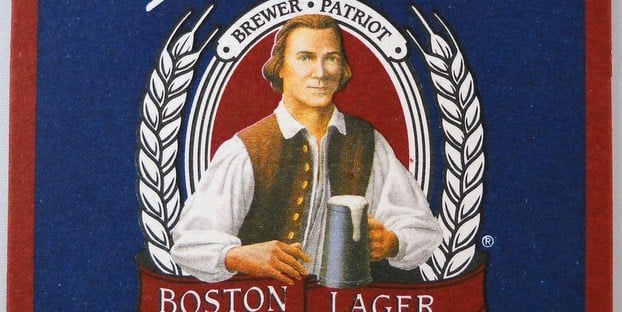
After a couple down quarters in a row, Wall Street had started to worry about Boston Beer Co. (even the quarters with increases in revenue and depletions worried investors). You’d think the second quarter wouldn’t do much to calm those worries since Boston Beer report Q2 2016 net revenue of $244.8 million, which is a decrease of $7.4 million or 3 percent, from the same period last year, mainly due to a decline in shipments of 4 percent, but since the street expected a massive decline, everyone was pumped and the stock soared. Go figure. This is why I write blog posts for a living.
“Our total company depletion trends declined in the second quarter at a rate consistent with the first quarter trends, even as the better beer and craft categories appear healthy,” said Jim Koch, chairman and founder. “Our Samuel Adams brand lost share of craft due to the increased competition and continued growth of drinker interest in trying new styles. While the launches of our new beers, including the Samuel Adams Nitro Project and Samuel Adams Rebel Grapefruit IPA, have been successful and well-received, they have not offset declines in Samuel Adams Boston Lager and our Samuel Adams seasonal beers.”
“Our lower volume expectations have increased our focus and urgency on cost savings and driving efficiencies throughout the organization,” said Martin Roper, the company’s president and CEO. “We are evaluating all our opportunities to better fit the current volume environment, while preserving our quality and service levels and our ability to support long term growth. Some of these cost savings and efficiency improvements will benefit this year, but most will start delivering next year. We remain prepared to forsake short term earnings, as we strive to return to long-term profitable growth.”
As for the sagging sales of Sam Adams, Roper mentioned new packaging and marketing coming soon that he hoped would provide a boost.
RELATED: Brewery packaging managers explain the importance of seam inspection
Anyway, here’s the full results from this better than expected second quarter from one of craft beer’s top dogs:
Depletions decreased 5 percent from the comparable 13-week period in 2015.
Shipment volume was approximately 1.1 million barrels, a 4 percent decrease from the comparable 13-week period in 2015.
The company believes distributor inventory levels at June 25, 2016, were appropriate. Inventory at distributors participating in the Freshest Beer Program at June 25, 2016, decreased slightly in terms of days of inventory on hand when compared to June 27, 2015. The company has approximately 75 percent of its volume on the Freshest Beer Program.
Gross margin at 51.8 percent represented a decrease from the 54 percent margin realized in the second quarter of 2015, primarily due to increased brewery processing costs per barrel and product mix effects, partially offset by price increases.
Advertising, promotional and selling expenses decreased $8.1 million from the comparable 13-week period in 2015, primarily due to lower media spending and decreases in freight to distributors due to lower volume and lower freight rates, partially offset by increases in point of sale.
General and administrative expenses increased by $3.8 million from the comparable 13-week period in 2015, primarily due to increases in stock compensation, salaries and benefits and facilities costs.
Depletion estimates
Year-to-date depletions through the 28-week period ended July 9, 2016, are estimated by the company to have decreased approximately 4 percent from the comparable period in 2015.
Outlook
The company currently projects full year 2016 earnings per diluted share to be between $6.40 and $7.00. The company’s actual 2016 earnings per share could vary significantly from the current projection. The 2016 fiscal year includes 53 weeks compared to the 2015 fiscal year which included only 52 weeks. Underlying the company’s current 2016 projection are the following 53-week full-year estimates and targets:
Depletions and shipments percentage change of between minus 4 percent and zero.
Price increases of between 1 and 2 percent.
Gross margin of between 50 and 52 percent.

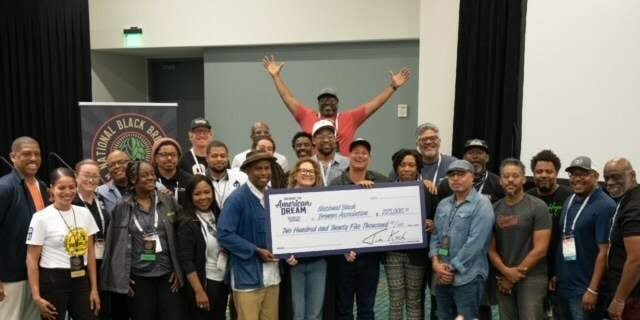
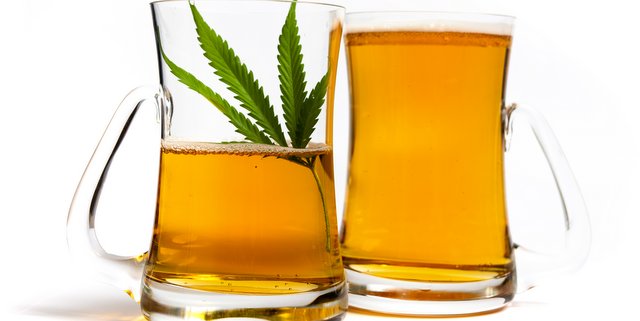
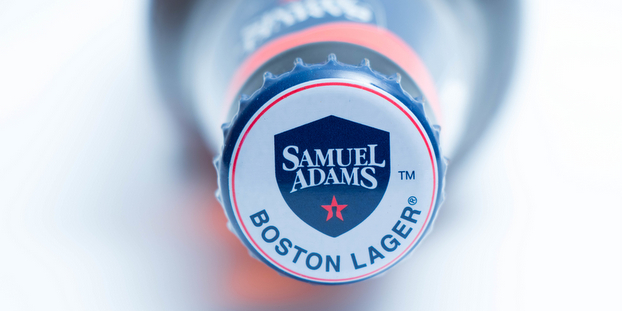
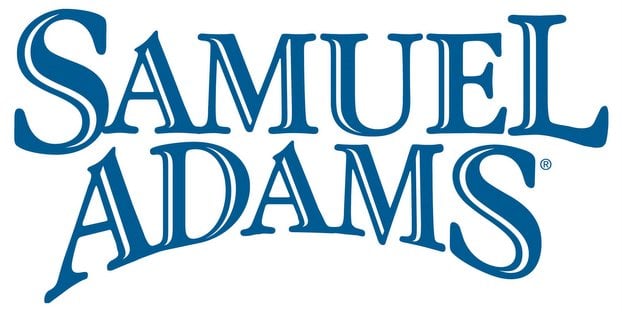
Leave a Reply
You must be logged in to post a comment.